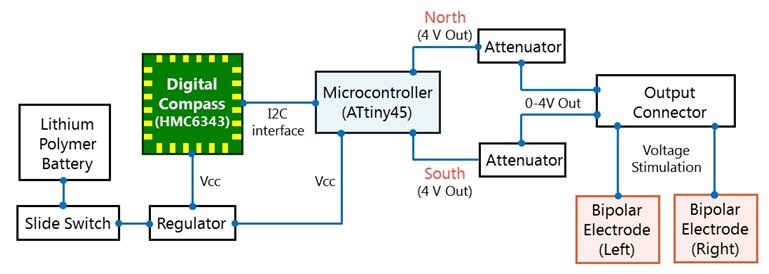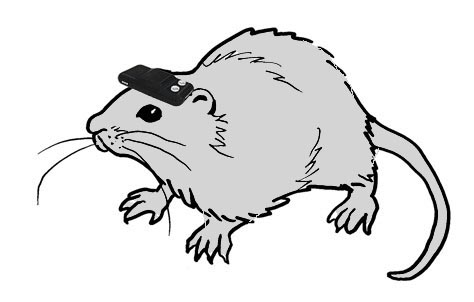Researchers at Tokyo University have added a new sense to the brains of rats. The procedure was relatively simple and the rats integrated the new sense — a geomagnetic compass — quickly. Blind rats given the new sense were soon able to navigate laboratory mazes almost as well as sighted rats. Because of the ease with which the new sense was added, researchers think many other senses can be added to the mammal brain, expanding the “colorfulness” of our experience and abilities.
“Perhaps we do not make full use of our brain.” Dr. Yuji Ikegaya of the University of Tokyo told The Speaker. “The limitation does not come from our lack of effort, but it does come from the poor sensory organs of our body. The body restricts the brain; that is, the brain has over-evolved compared to the current performance level of the body. The real sensory world must be much more ‘colorful’ than what you are currently experiencing.”
The research team added a geomagnetic compass to the senses of blind mice, and the mice were able to navigate a lab maze almost as well as mice that were not blind.

“Although I do not believe that the brain is always plug-and-play ready, the brain seems to be highly adaptive and flexible so that it can perceive and use even non-inherent sense,” said Ikegaya.
The connectivity point for the new sense did not have to be specific, Ikegaya told us.
“We arbitrarily inserted two electrodes into the visual cortex. The locations of stimulation seemed unlikely to be important, because stimulation of other brain areas also worked similarly. Our head-mountable geomagnetic sensor device was designed to connect a digital compass, a microchip used normally in smart phones, to two tungsten microelectrodes for intrabrain stimulation. It is also equipped with a manipulator of stimulation intensity and a rechargeable battery. The device weights 2.5 g and thus head-mountable. During exploration of an animal, it automatically detects the head direction and thereby generates electrical stimulation pulses — for example, when the animal faces the geomagnetic north or the south.”
Ikegaya pointed to the latent, incredibly flexible potential of the mammal brain — potential that has so far been largely untapped. He expressed hope that there were many abilities that could be added to our brains.

“We expect that humans can expand their senses through artificial sensors — ‘supersensory’ organs — including geomagnetism, ultraviolet, radioactive rays, humidity, ultrasonic, radio wave, pheromones etc. Sensing sunlight UV may be important for reducing skin cancer. Also, ultrasonic and radio wave may enable a next-generation form of human-to-human communications.”
One of the most notable possibilities suggested by the study is improvements in the navigation abilities of blind people.
The report, “Visual Cortical Prosthesis with a Geomagnetic Compass Restores Spatial Navigation in Blind Rats,” was completed by Tokyo University’s Drs. Hiroaki Norimoto and Yuji Ikegaya and was published in Current Biology.
By Sid Douglas
